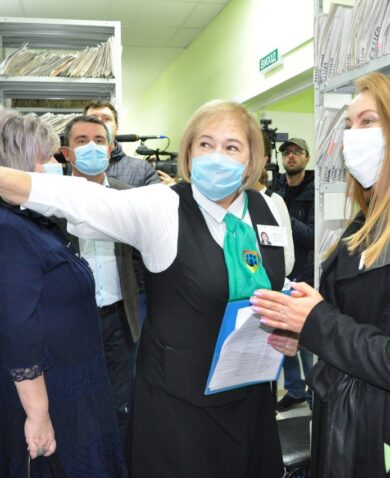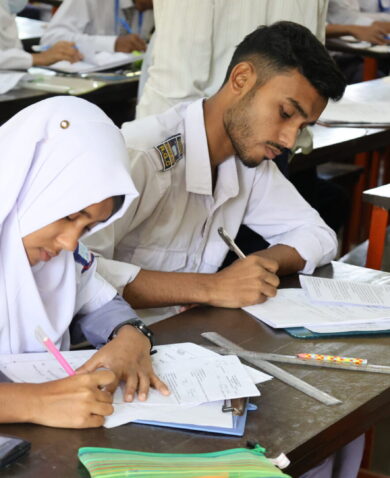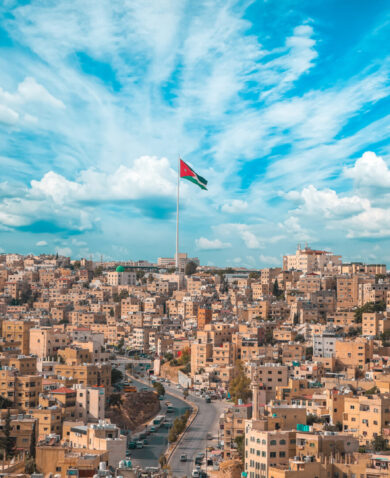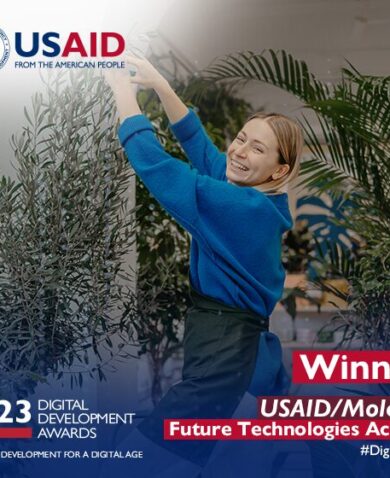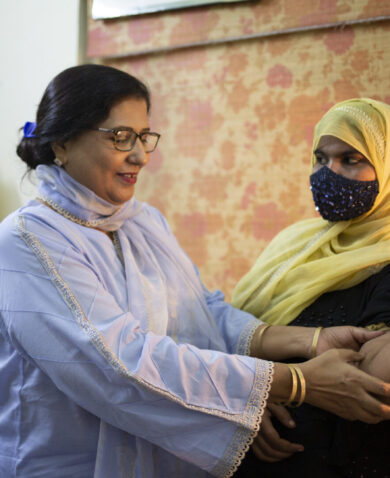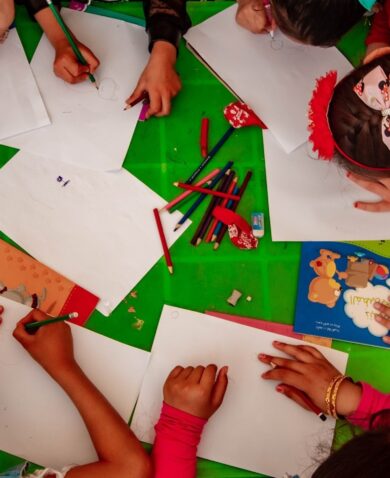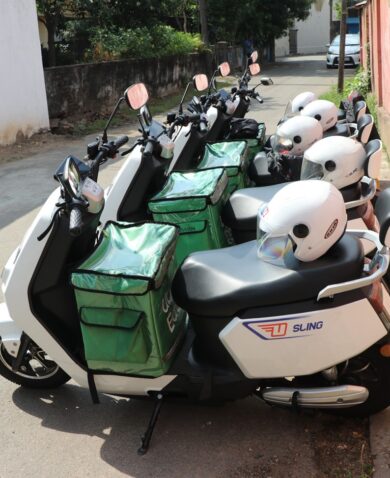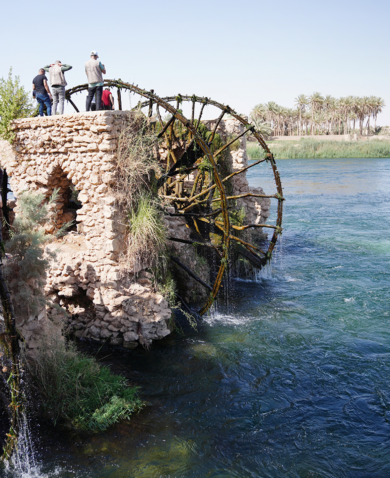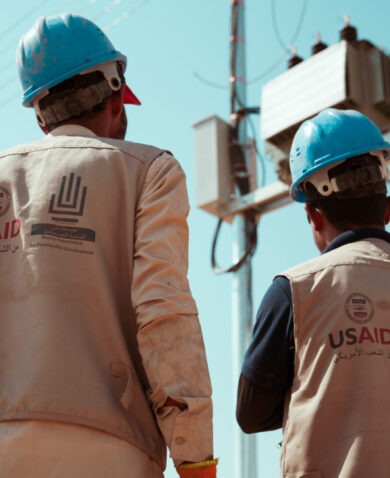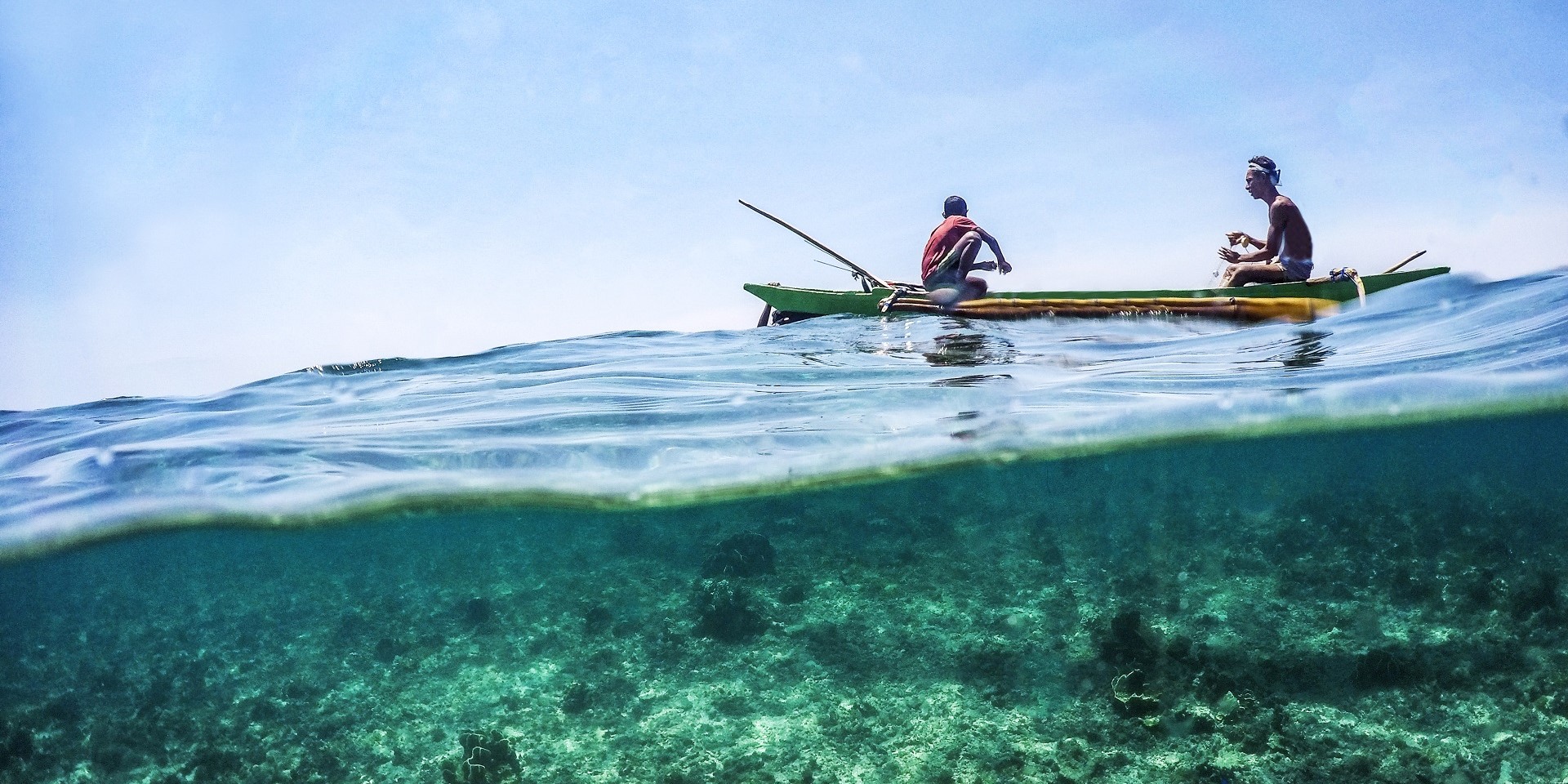
The Next Global Shock: Will Tourism Be Ready?
September 27, 2023 | 4 Minute ReadFour actionable recommendations to increase the resiliency of an inclusive, sustainable tourism sector.
With progress lagging towards reaching the 2030 sustainable development goals amidst compounding macroeconomic crises, the tourism sector offers an opportunity to accelerate inclusive and sustainable economic growth towards full and productive employment. However, recent events such as the global COVID-19 pandemic revealed how vulnerable the tourism sector is to external shocks – especially ones that limit mobility. For example, despite being one of the largest industries in the world and one of the largest generators of employment, the sector globally has only recovered to contributing 7.6% of global GDP in 2022, lagging behind the 10.4% it contributed in 2019.
As countries around the world focus on rebuilding, and given the linkages tourism has with other industries like transportation, construction, and manufacturing, how can we help build a resilient tourism sector that is ready for an increasingly unpredictable future? This blog provides four recommendations on how donors and international development organizations can support developing countries to build up the economic resilience of their tourism sector.
1. Foster enabling conditions through proactively developing alliances. As is often seen, crisis brings people together. After a shock, actors converge under a shared mission to recover economic resources and competitiveness. To accelerate a coordinated response, tap into trusted partnerships and develop alliances proactively before the next shock occurs. Alliances give the industry a shared voice for addressing issues within the enabling environment, in which donor programs can serve the role as a trusted partner and facilitator.
In its first year, the USAID Developing Sustainable Tourism in Bosnia and Herzegovina (Turizam) program created Tourism Competitiveness Coalitions (TCCs), comprised of private sector representatives, to advise the country’s national Entities. The TCCs have been key partners for Turizam, starting with leading the development of their respective multi-year entity tourism development strategies, in a period of post-COVID recovery. Following this, the TCCs’ roles have expanded to engage with Turizam on experience development, international marketing, and workforce development. For example, the coordination of a job fair in Banja Luka resulted in 33 new, full-time employees. The TCCs have continued to expand in membership since the first year, reaching a wider network of tourism actors in the country and bringing in new perspectives to promote inclusive growth for the sector.
2. Develop plans to mitigate potential risks and be ready to respond to market shocks. While predicting specific shocks may be close to impossible, stakeholders in the tourism sector can prepare mitigation plans, ideally as part of an alliance that uses scenario planning to prepare responses based on a variety of potential risks. USAID programs can support the development of these plans by local actors by facilitating linkages either for proactive planning with crisis management experts or by supporting the response to promote longer-term destination marketing and branding. The USAID Building Economic Sustainability through Tourism (BEST) program in Jordan supported the Jordan Tourism Board (JTB) to increase its capability for responding to crises by building its communications and marketing capacities via technical assistance from specialized crisis management consultants and developing a crisis management plan that aligned with their current digital marketing strategy.
To respond to decreased tourism after the Arab Spring, BEST supported the JTB to rebrand Jordan’s image in the international marketplace to position the country as a safe and desirable destination. In collaboration with National Geographic and Matador Network, BEST developed three virtual tours and videos of Jordan targeted for North American audiences, which helped Jordan top the Matador Network’s annual “The World’s Best Places to Travel” list the following year. By the end of the program, through efforts such as this, BEST supported an overall increase of 23.5% in tourism arrivals to Jordan, while leveraging over $116 million in private sector investment.
3. Increase in-country connectivity and entry points by facilitating infrastructure investments using public-private partnerships (PPPs). External shocks can have differing effects on international travelers’ ability to enter a country or move around within it. For example, borders may be closed due to security reasons or, as was seen during COVID-19, entire air routes may be temporarily or permanently closed. Developing alternative entrance and transit options (i.e., multiple road options in lieu of flight) for tourists, which also has a positive spillover effect for other sectors, is critical to support investments in infrastructure.
In Timor-Leste, the USAID Tourism for All (TFA) project supported infrastructure development by addressing challenges identified in its PPP Investment Report, including improving the investment environment, building public awareness of the value of PPPs, and strengthening key institutional capacities for project appraisal and structuring. For example, TFA developed a feasibility study, infrastructure design and coordination plan, procurement roadmap, environmental and social scoping study, and a blended finance engagement strategy to help develop a PPP for the Dili Port Site Redevelopment and Commercialization. The partnership plans to evolve the port into a center of tourism, bringing tourism experiences to augment traditional transportation services and catalyze local economic development. This support helped the government attract investors for the $119 million project, which continued to move forward, led by the government and International Finance Corporation, after the project ended.
4. Diversify national offerings across market segments in tourism to promote sustainable and inclusive economic growth. Each developing economy has its own competitive advantages when it comes to tourism, based on factors like geography, history, and other prominent sectors. Economies can increase their resiliency and capitalize on their diverse assets by offering tourism products and experiences across multiple segments that meet emerging market demands. For example, countries with strong agriculture sectors can increase offerings in rural tourism and culinary tourism that also support rural development and youth employment. Countries with rich natural landmarks or land can increase offerings in ecotourism and adventure tourism, while working in collaboration with indigenous groups to promote conservation efforts.
In Georgia, the USAID Zrda Activity supported the development of adventure tourism enterprises in trekking, rafting, equestrian, and to meet global quality and safety standards. As part of this, Zrda facilitated a wilderness guide and instructor training program from which 25 instructors were trained by two International Rafting Federation experts. From this, the guides created a rafting camp on the Mtkvari River, which has hosted 3,000 visitors, generated $123,000 in revenue, and created 15 jobs.
USAID programs can play a pivotal role in building resilient tourism sectors by supporting local stakeholders to develop intra-industry partnerships, proactively plan based on potential risk scenarios, increase connectivity, and diversify offerings. Different approaches should be deployed to help tourism-based economies to respond swiftly to future shocks, prevent disruptions to their long-term growth, and preserve the wellbeing of the population.
Banner image caption: Fishermen of Ataúro engaged in their core livelihood activity. A geographic focus area of USAID’s Tourism For All Project, Ataúro Island is Timor-Leste’s preeminent tourism asset, having received recognition as an up-and-coming ecotourism destination. The photo was taken by Rayline Spoorenberg.
Posts on the blog represent the views of the authors and do not necessarily represent the views of Chemonics.








